CAULIFLOWER Rattle
Baby rattle and teether, a revolutionary 2 in 1 concept!
Oli&Carol's rattles are the GREENEST IN THE WORLD!
Welcome to Manguru!
Free shipping from €85 to mainland Portugal.
Baby rattle and teether, a revolutionary 2 in 1 concept!
Oli&Carol's rattles are the GREENEST IN THE WORLD!
Oli&Carol's rattles are the GREENEST IN THE WORLD!
- Certified by ENT specialists: the natural sound produced by cherries is perfect for helping babies calm down, rather than overstimulating them.
- Full of incredible textures and details that will help stimulate baby's senses while chewing, soothing their gums during teething.
- Ring shape so it is easy for babies to grip.
- Easy to hang and take anywhere! Say no to losing your toys.
- No plastic or silicone: 100% natural rubber from trees and recycled cherry seeds inside.
- No holes or punctures to prevent the presence and growth of bacteria or mold: safer choice for your baby.
- Handmade one by one, with focus on details.
- Hand painted with safe, natural pigments.
- Biodegradable toys contributing to the smallest possible carbon footprint and waste on the planet.
No plastic or silicone: 100% natural rubber from trees.
Handmade one by one and hand painted with natural pigments.
To clean, simply wipe the toy with soap and water and a damp cloth. Do not sterilize or store in the refrigerator or freezer.
They should be stored in a dry place.
The color will fade naturally over time.
Do not leave in direct contact with sunlight or artificial light for long periods of time, as the color may fade more quickly.
Every toy is different. Our products are handmade one by one, so small imperfections are what makes each product unique.
Temperature variations can affect the shape and volume of the product.
Remove packaging and all labels before giving the toy to your child.
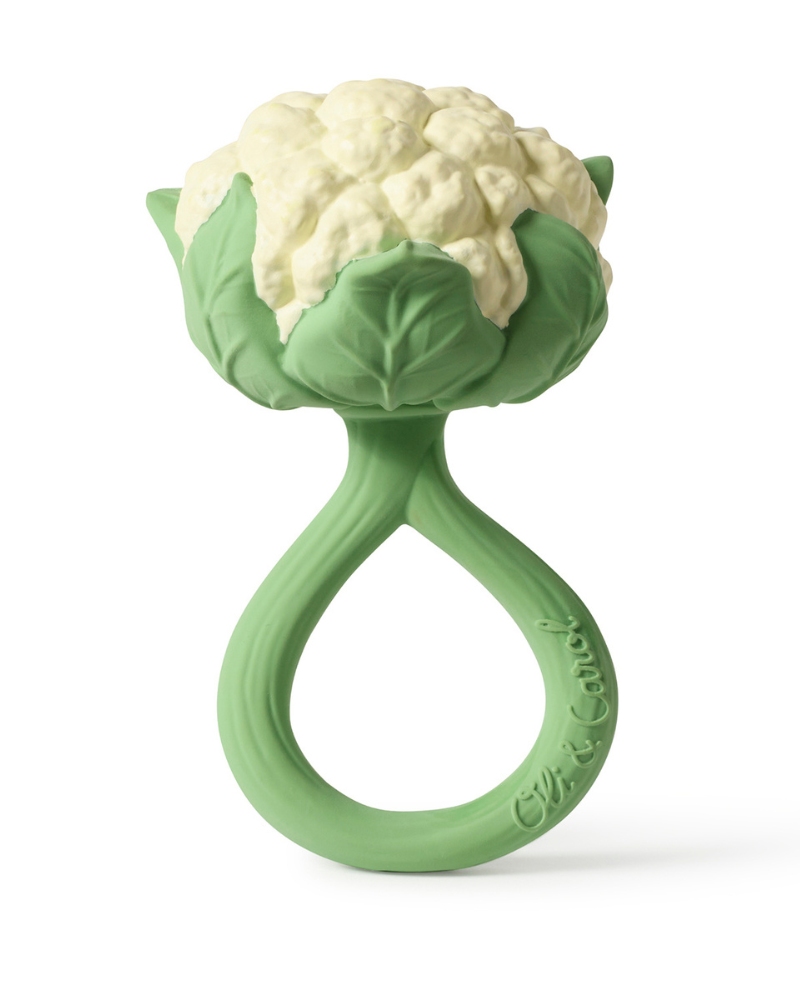
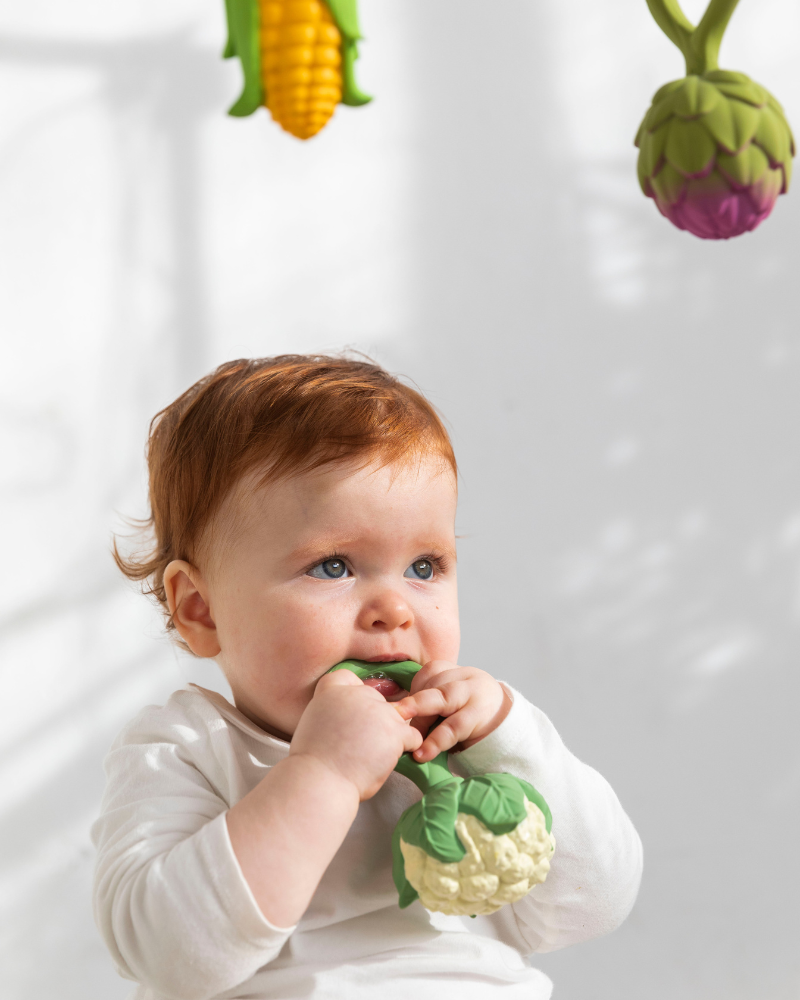
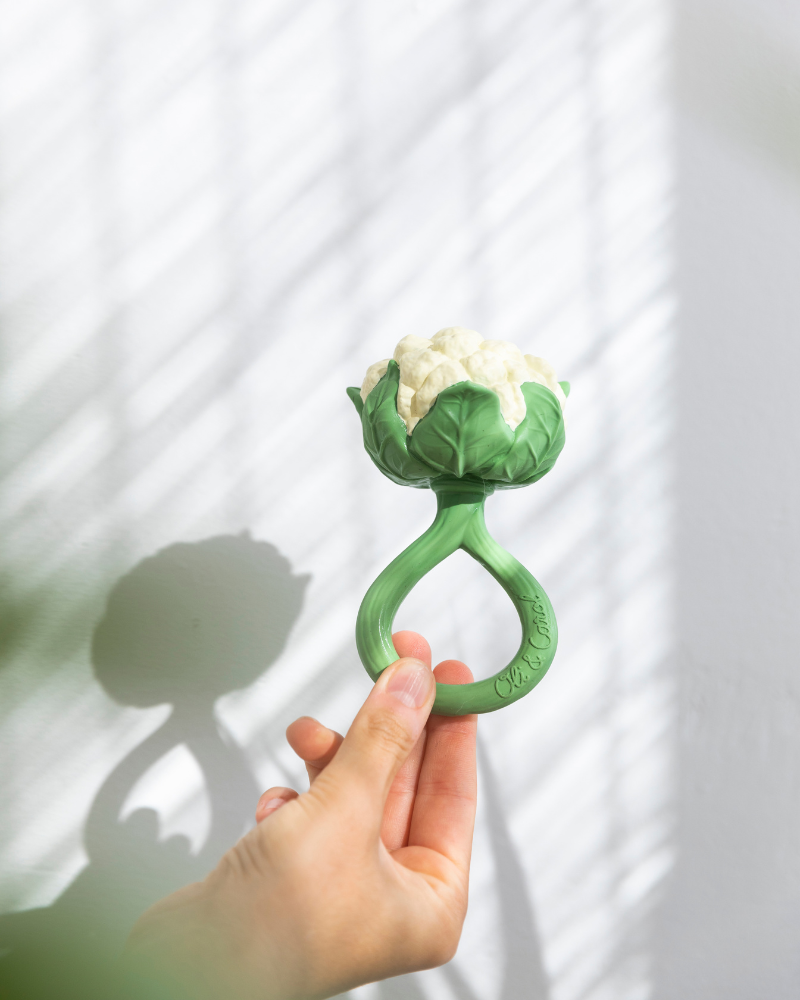
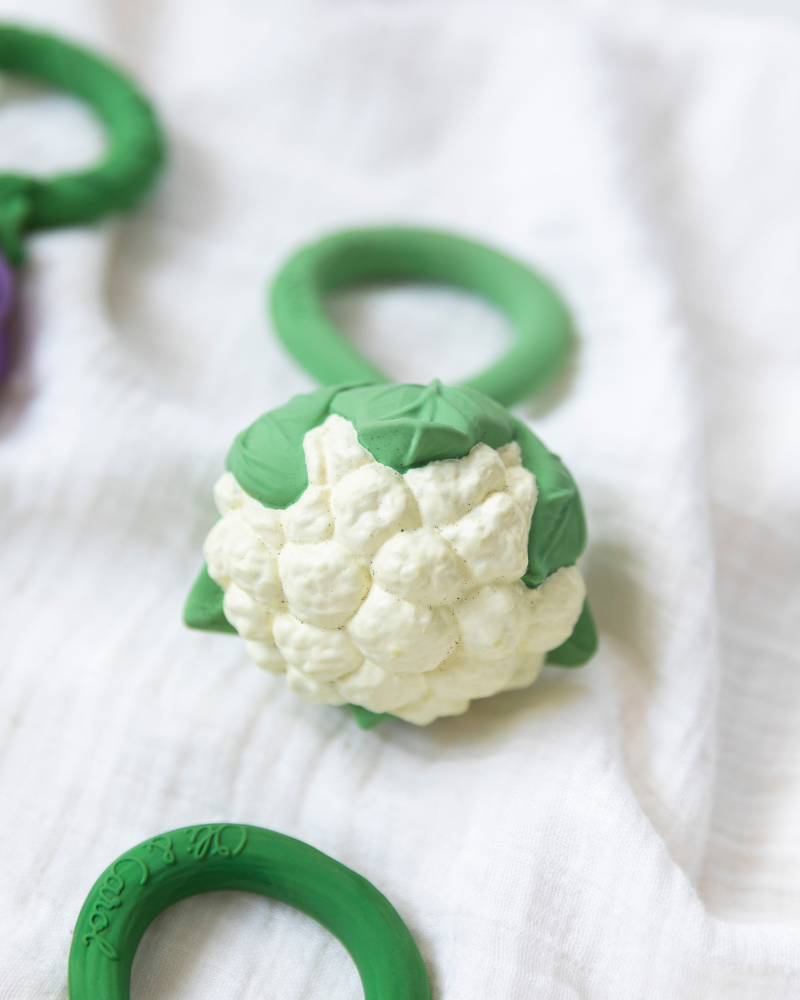
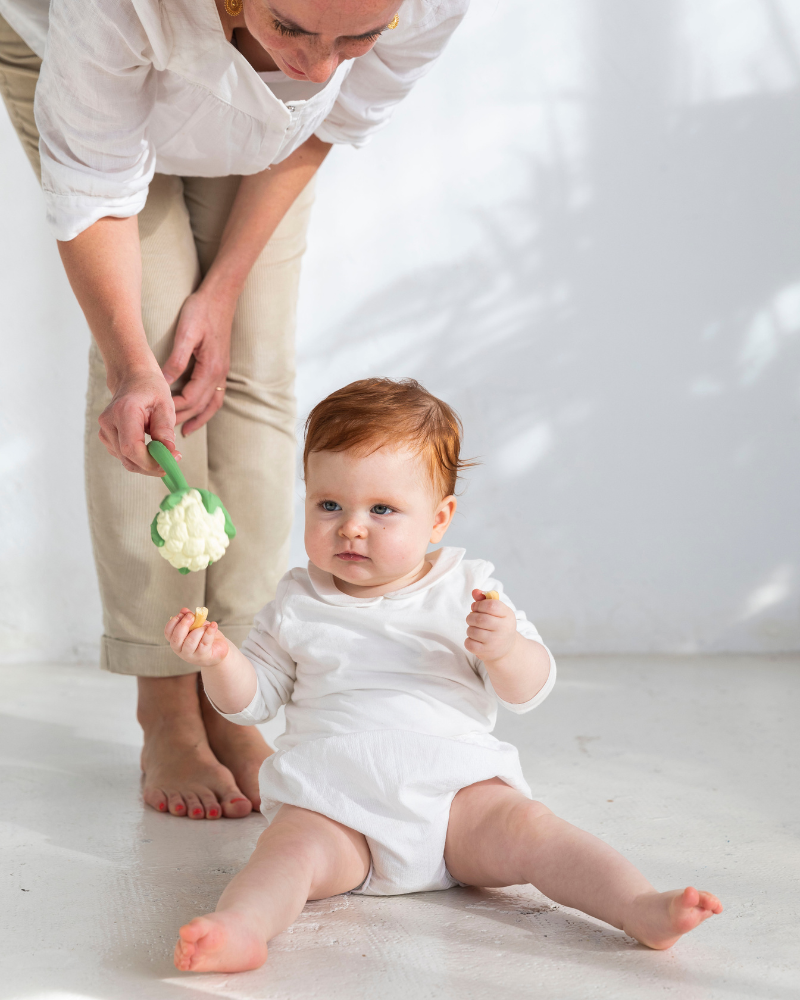
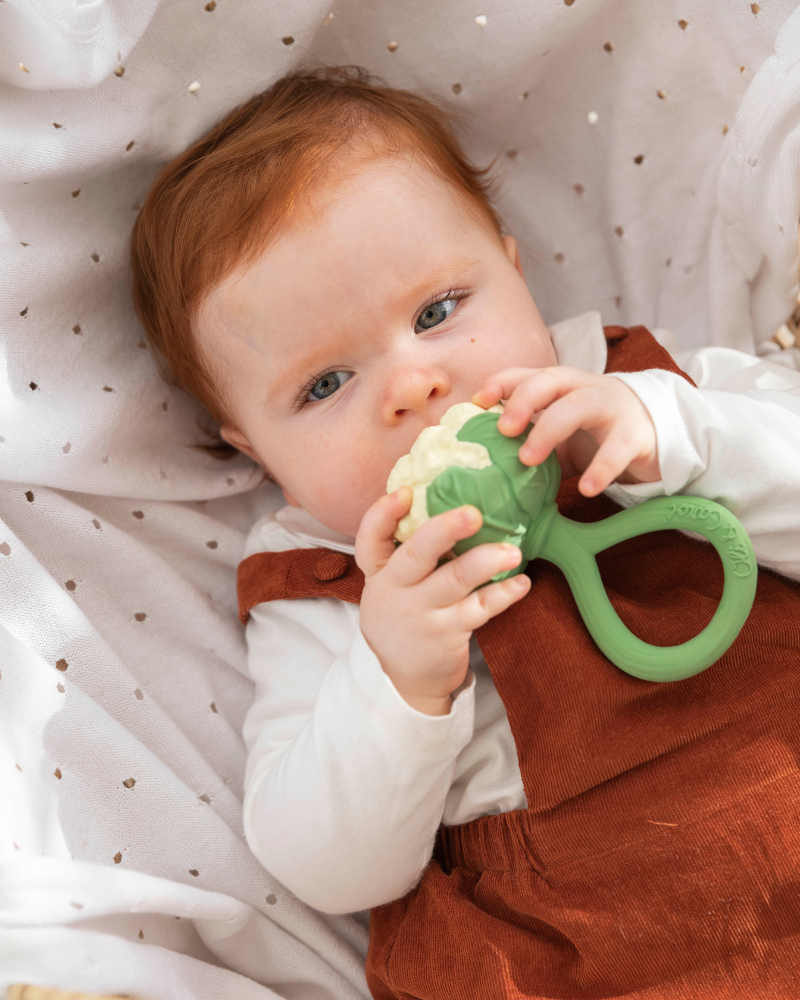
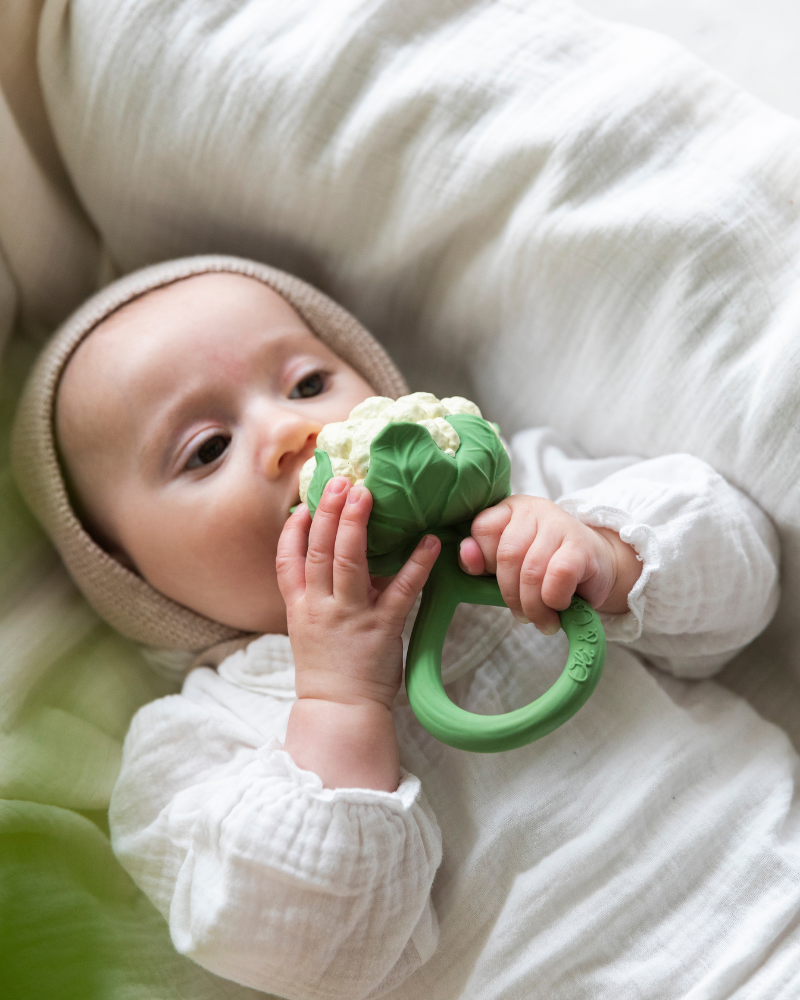
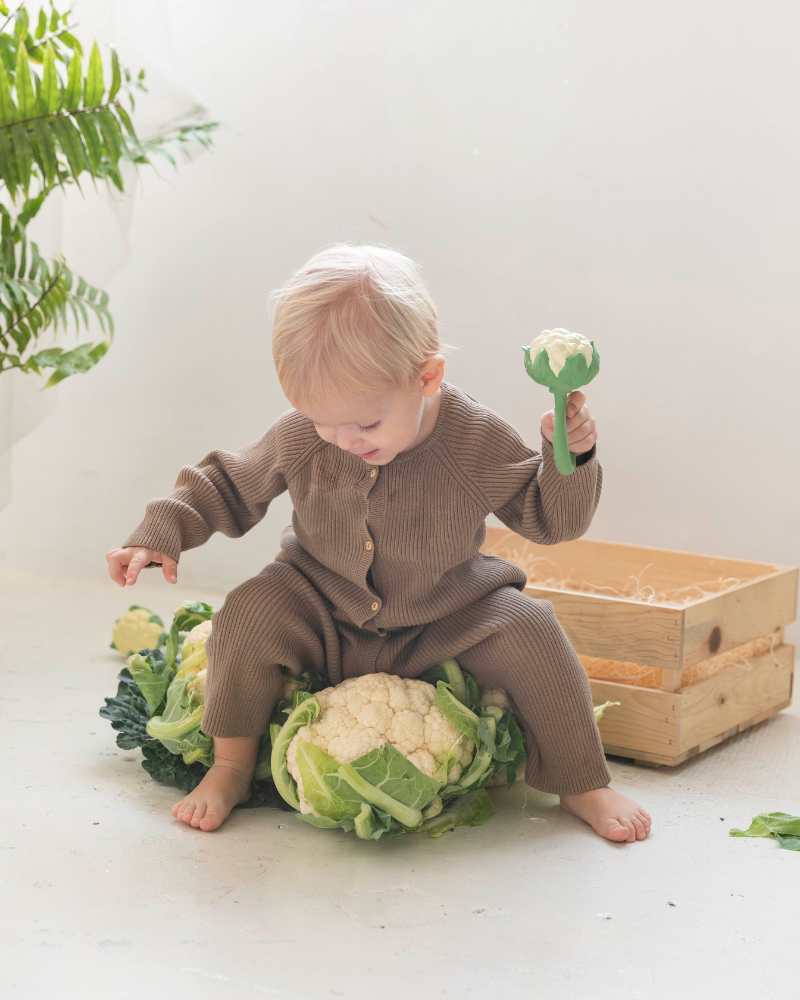

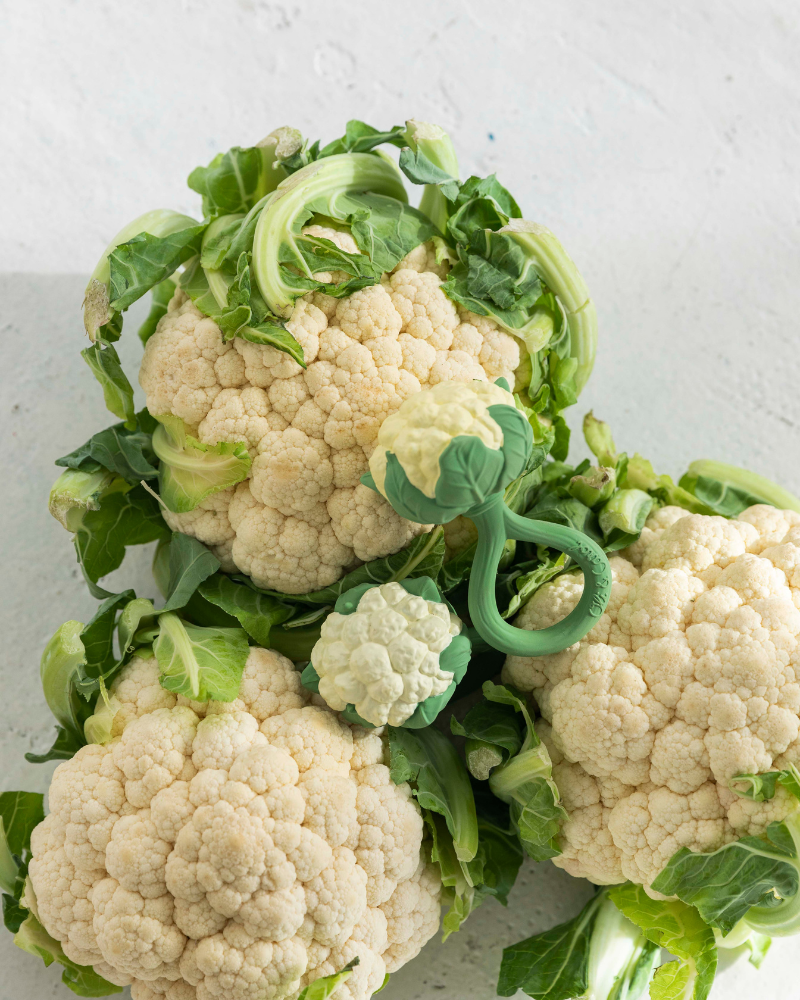
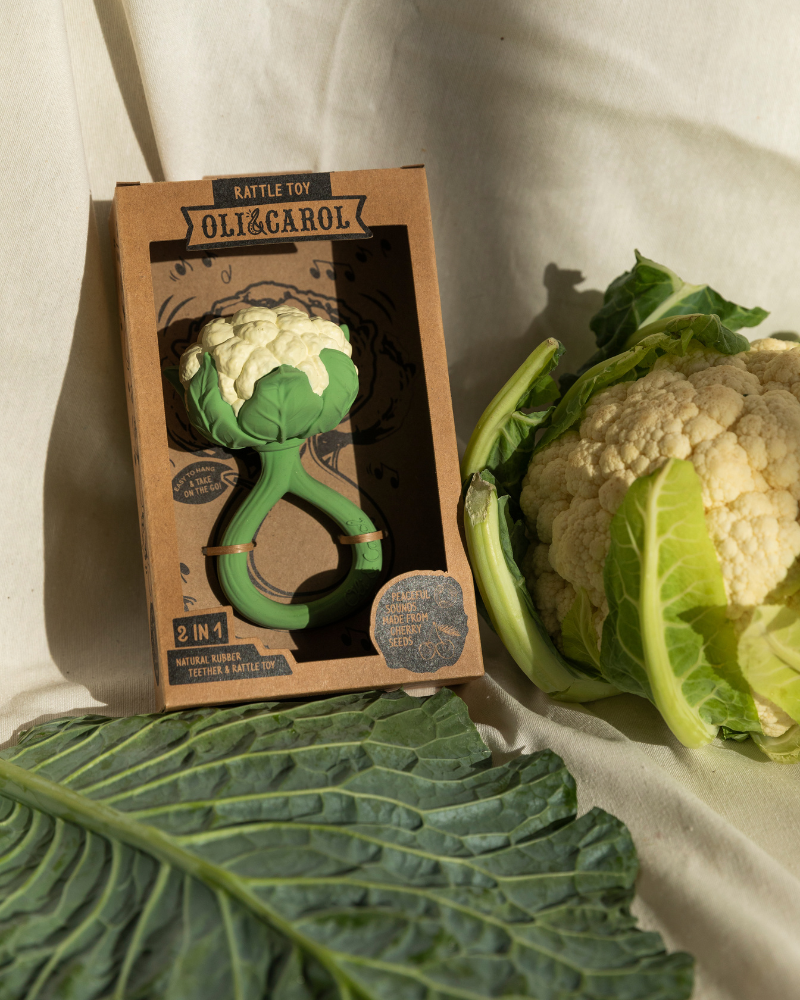
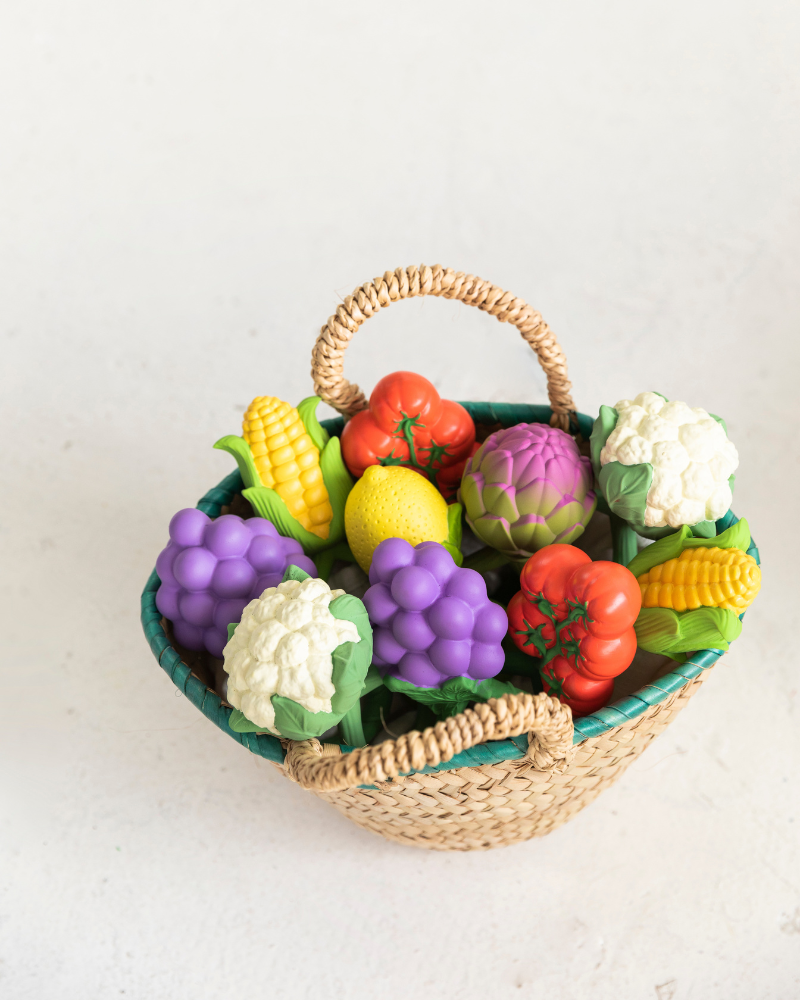
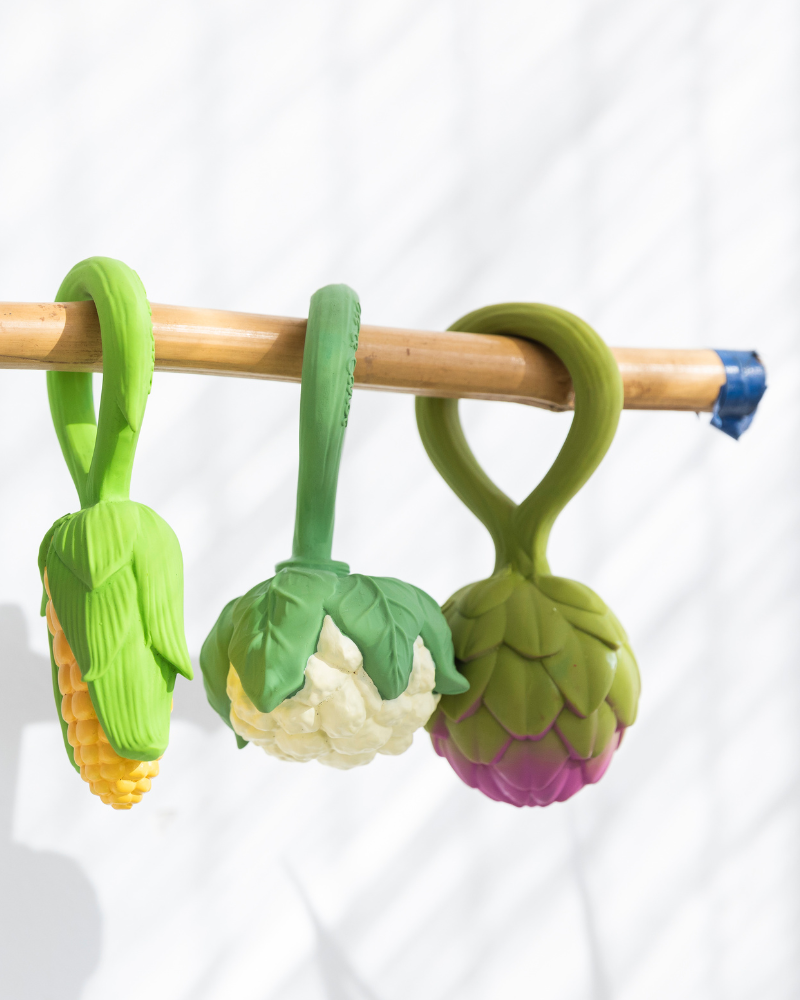
Manguru was born from the passion and commitment of three friends towards the health and comfort of mothers and babies and represents support for families who are looking for the best choices for their babies or children and who often feel lost.
Manguru was born from the passion and commitment of three friends towards the health and comfort of mothers and babies and represents support for families who are looking for the best choices for their babies or children and who often feel lost.
Measuring our children's feet is the most important step in buying the right size.
But why is this so important?
Because buying barefoot shoes, which are super flexible and allow the bones of the foot to move, but are tight, without margins and tight, doesn't make much sense.
So let's learn how to measure your feet correctly so that this doesn't happen!
Place the sheet on the floor and tell your child that you are going to trace the outline of his/her foot (if the baby is restless, it will be easier to ask someone to distract him/her).
The baby or child must always be standing while you are contouring.
Important note: If you are looking for shoes that will be worn with socks, you should measure with your socks on.
Now take the ruler and measure from the center of the heel to the biggest toe. Also measure the maximum width of the foot.
Then check the corresponding brand's size guide (present on each product page) and add the ideal allowance of 0.8 to 1.2 cm.
Don't forget: You should repeat this measurement regularly (about every 3/4 weeks). When the gap is 0.4mm or less, it's time to buy new shoes.
Measuring our children's feet is the most important step in buying the right size.
But why is this so important?
Because buying barefoot shoes, which are super flexible and allow the bones of the foot to move, but are tight, without margins and tight, doesn't make much sense.
So let's learn how to measure your feet correctly so that this doesn't happen!
Place the sheet on the floor and tell your child that you are going to trace the outline of his/her foot (if the baby is restless, it will be easier to ask someone to distract him/her).
The baby or child must always be standing while you are contouring.
Important note: If you are looking for shoes that will be worn with socks, you should measure with your socks on.
Now take the ruler and measure from the center of the heel to the biggest toe. Also measure the maximum width of the foot.
Then check the corresponding brand's size guide (present on each product page) and add the ideal allowance of 0.8 to 1.2 cm.
Don't forget: You should repeat this measurement regularly (about every 3/4 weeks). When the gap is 0.4mm or less, it's time to buy new shoes.